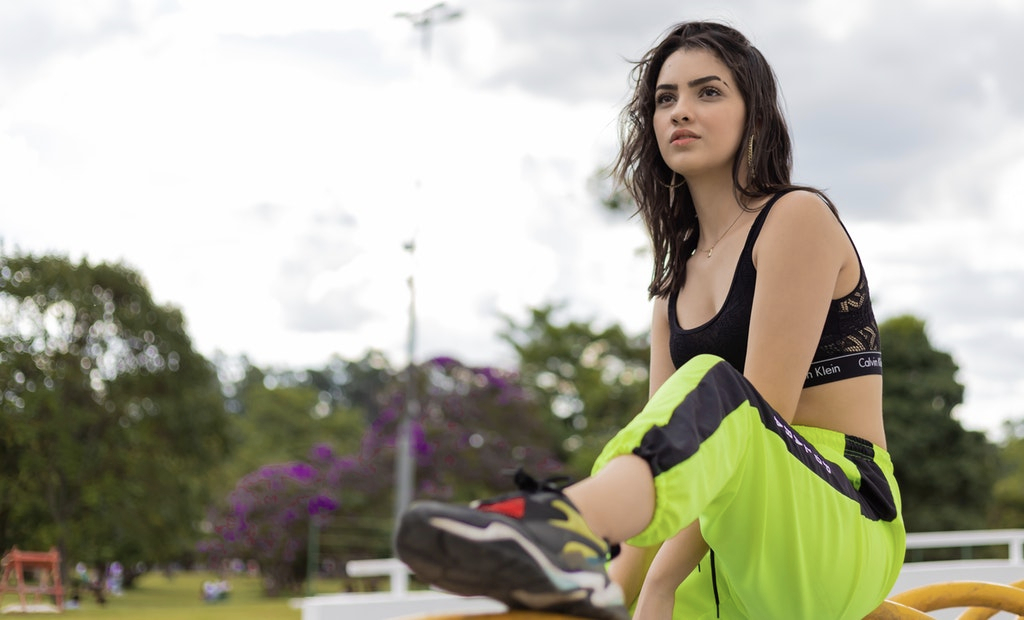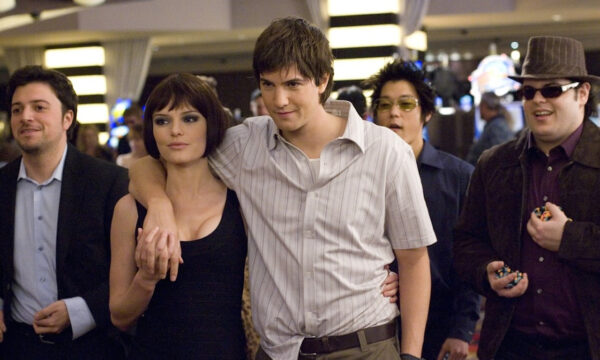Common sports injuries that child athletes suffer from

Young people engaging in sports is a wonderful thing. They get to exercise regularly which leads them down the path to a physically healthy and productive life.
There are many mental benefits for young people engaging in sports as well. Sports teach patience, perseverance, intensity, a good work ethic, how to deal with loss and good sportsmanship. Each of these qualities is a core component of success in life.
But sports also has a downside for young people. The wear-and-tear, physical contact and grind can often take a toll on young bodies. Young people have complex physiologies and their bodies are growing and changing. As a result of both of these sets of factors, young people are too often injured playing sports. Whether it is a young girl with a shoulder injury in New York or a young boy needing sports podiatry services in Sydney, there are many common youth sports injuries. Here are the most common:
Foot injuries
Because every sport requires running and jumping, the feet are always in use. And foot injuries are some of the most common injury areas as well. Whether it is broken or dislocated bones, fallen arches or impingements or turf toe, the feet seem to constantly have injuries.
Young people must take care of their feet knowing they will impact their mobility for the rest of their lives. This includes wearing the right footwear when they play sports (comfortable insoles or proper shoes), resting when they are in pain, and seeing a professional podiatrist when there is any sign of a foot problem.
Shoulder and arm injuries
The shoulder is a complicated joint that can move in many different directions. In sports, it is often overworked because the arms are usually so important. Whether it is a young baseball pitcher, a forward on a rugby team or a young female basketball player, shoulders get put under lots of pressure.
The most common injury for the shoulder is a dislocation, which happens when the shoulder is pushed back too far in the socket. A dislocated shoulder usually happens when the arm is being held straight out to the side and then forced backward. The injury can be easy to spot because it usually manifests itself as an unusual bulge in the muscle area. A dislocated shoulder can be put back in place by a health professional and the athlete will need some time typically to let it heal.
Another common shoulder injury is a rotator cuff injury. The rotator cuff is where the arm or humerus meets the scapula or shoulder blade. These muscles can be overworked or overstretched causing pain and serious injury. Young people need to be watched closely regarding this injury because it can cause lifelong problems. Typically rest will cure the injury or if it is a bad injury, it may require surgery.
The arm also has other common injury areas including the wrist and elbow. Both are prone to be twisted the wrong way or take extreme amounts of pressure in a fall resulting in dislocations and breaks.
Knee ligament tears
The knee has many crisscrossing muscles and ligaments that all work together to make it such a complex and useful joint. But many of the parts are very delicate and prone to injury if they are overstressed. The ACL and MCL ligaments in the knee are particularly prone to tears because of the pressures placed on them during sports. Ligament tears run from partial to complete with the most severe requiring surgery. In some cases, a bad ligament tear can end a young athlete’s sports career.
Concussions
Concussions are also a very common injury in contact sports. This is where the brain impacts the inside of the skull and becomes bruised. It causes prolonged disorientation and other health consequences. Young athletes are removed from sports and evaluated regularly before they can return. If a young athlete receives too many concussions he or she will not be allowed to continue playing the sport.
If you have a young person who plays or wants to play sports make sure to buy them the right safety equipment and that they see a medical specialist any time they are injured.
The editorial unit
























Facebook
Twitter
Instagram
YouTube
RSS